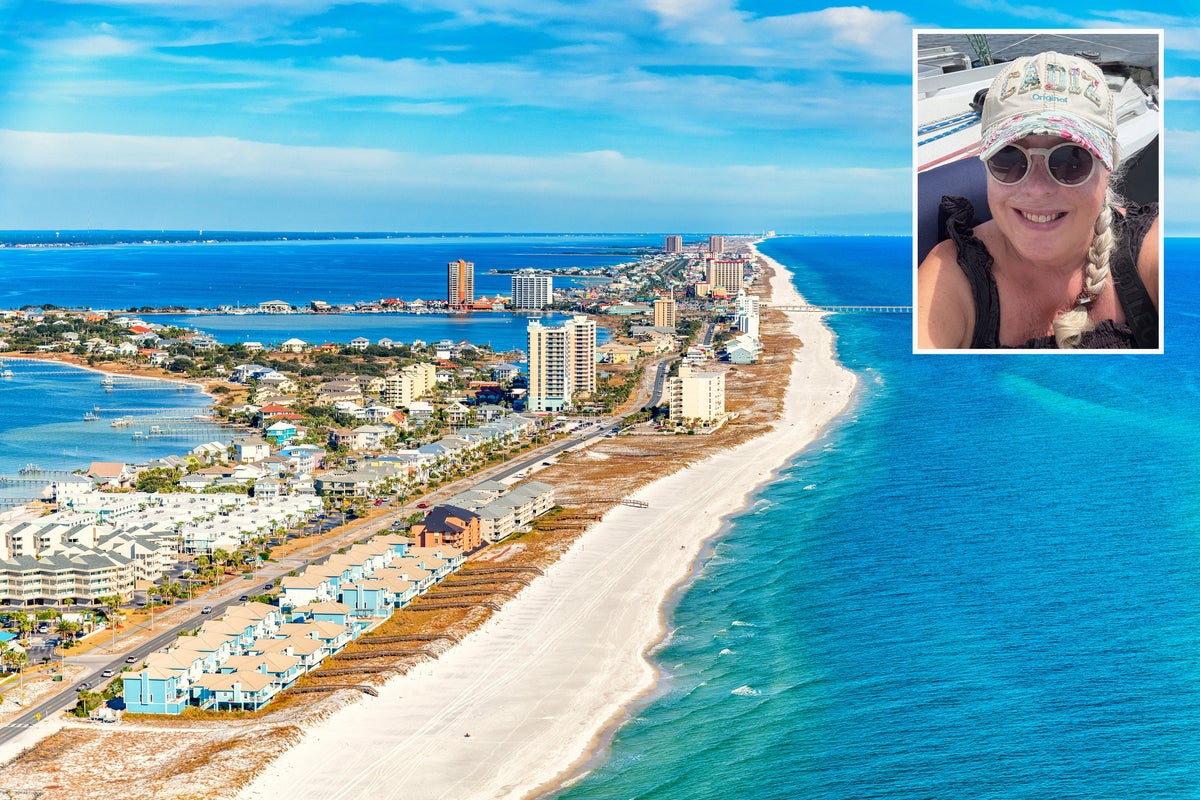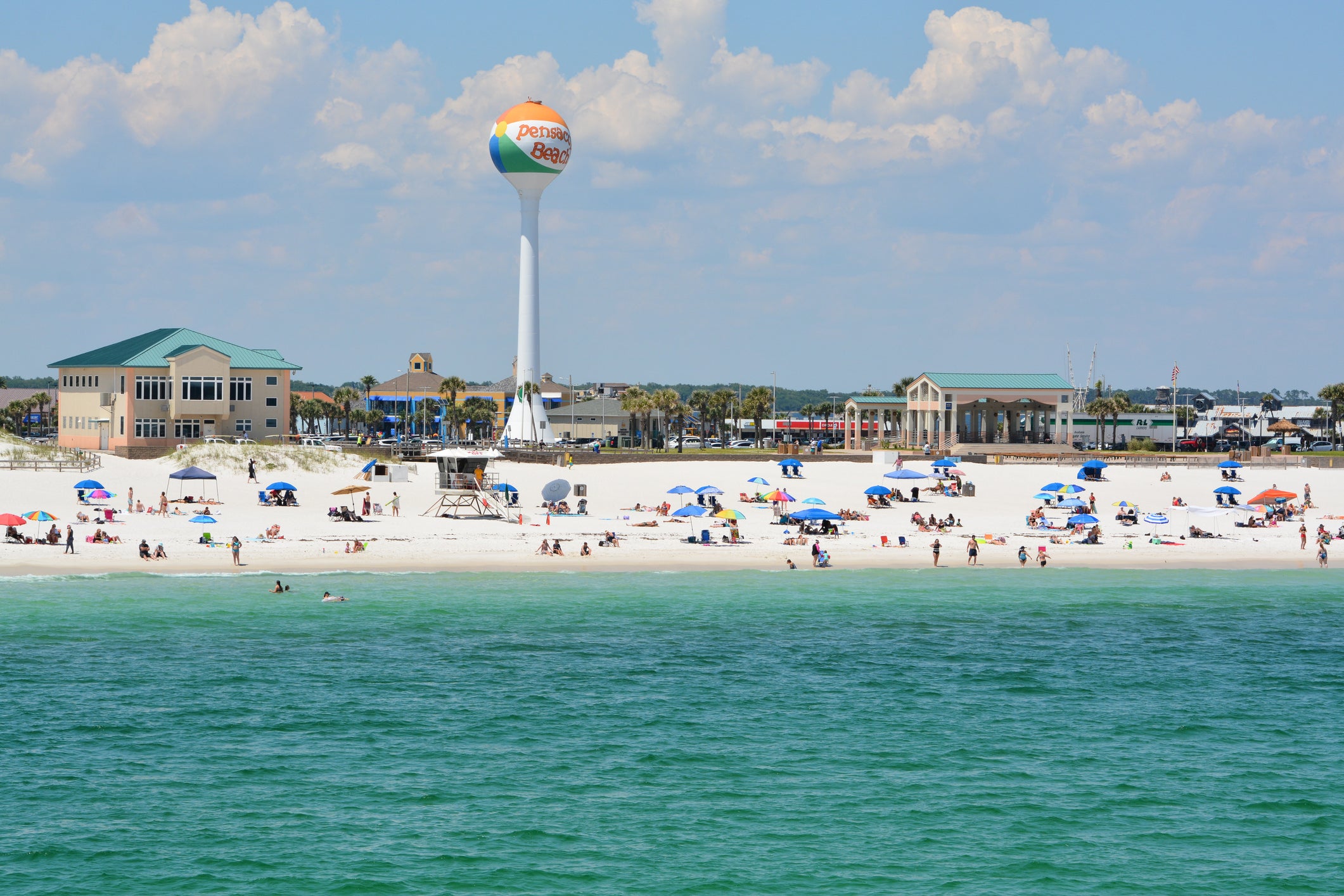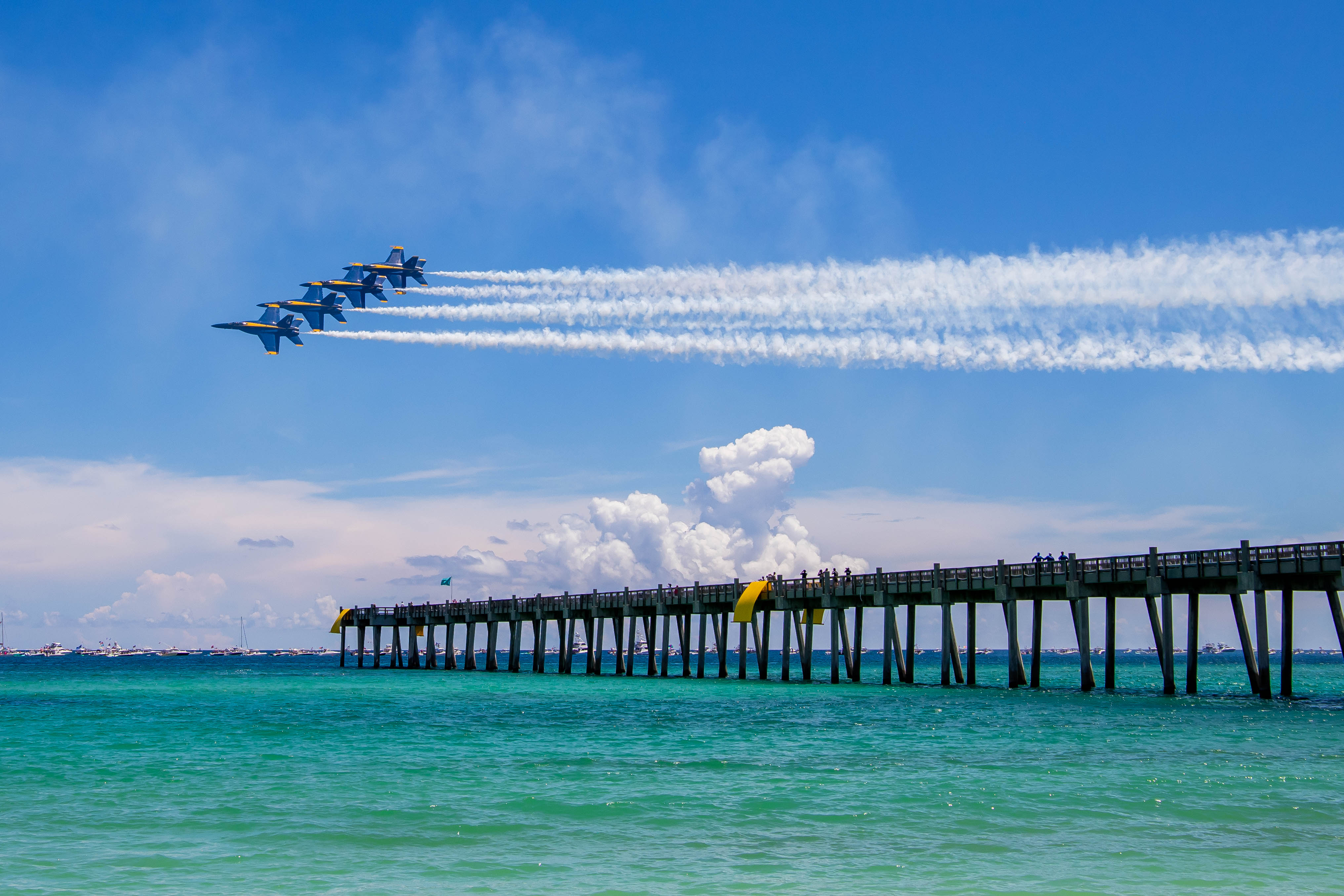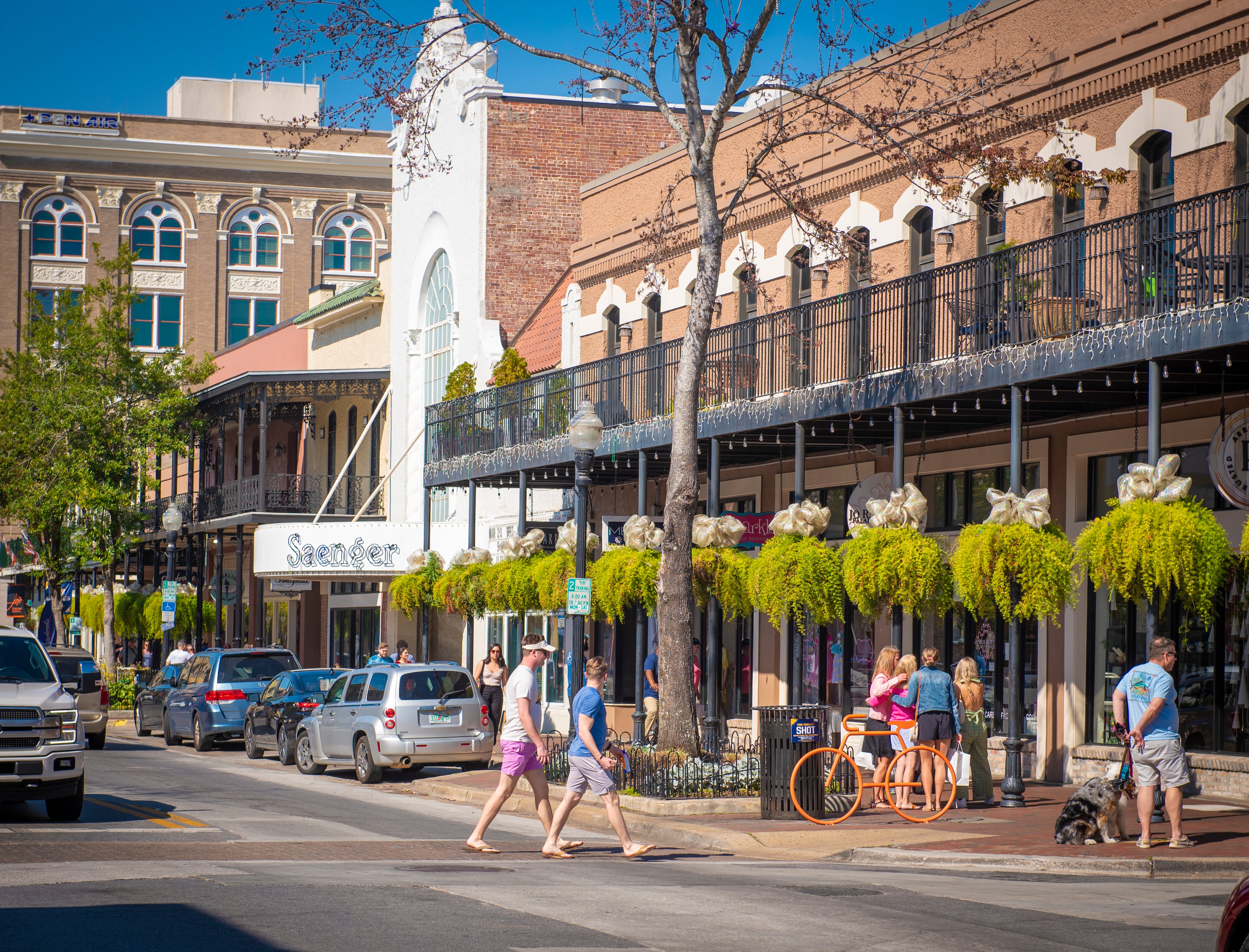
Florida has long been a favourite with British travellers. Tourists have been lured by Orlando’s state-of-the-art rollercoasters, while Miami dazzles with its glitz and non-stop nightlife.
But there’s a different kind of Florida behind all the noise. One that’s slower-paced, more genuine, and bursting with natural beauty. Unlike Miami’s busy beaches and hefty price tags, Pensacola, on Florida’s northeast coast, offers wide stretches of sugar-white sand without the crowds.
We started our stay at Pensacola Beach, on Santa Rosa Island, which is connected to the mainland via the impressive Bob Sikes Bridge. We were instantly surrounded by sparkling azure seas and spotless beaches – there are 18 miles of beautiful coastline here, ripe for exploration.

Read more: Best beaches in Florida
Some areas are peppered with hotels and restaurants, but our first stop was the Gulf Islands National Seashore, a protected haven that sets the perfect tone for our adventure. Here, visitors can explore the preserved landscape via foot or kayak, and even camp by the ocean.
The natural beauty is perhaps the most striking part of a trip to Pensacola, but it has a significant history, too. The city is home to Fort Pickens, a military base completed in 1834 to protect the city’s port. It was one of the few in the South that remained in Union hands throughout the Civil War, sheltering soldiers – and the renowned Apache leader Geronimo – during the conflict.
It’s now a museum and park complex, complete with scenic walking trails that wind towards the shore. On the beach, we watched the Blue Angels flight demonstration team practise their intricate aerial manoeuvres: an awe-inspiring, dramatic spectacle.

Read more: Miami city guide
This is a coastal city, and so it feels right to get out onto the ocean. After exploring the fort, we hopped aboard a 40-foot racing trimaran, designed for smooth, stable journeys. With just five of us on board, gliding into the bay felt intimate and exclusive.
We inhaled the salty sea air, watched pods of playful dolphins swim alongside us, and took turns at the helm. It was the perfect activity for a relaxing beachside holiday, far away from the bustle further down the coast.
The second part of our stay was spent exploring the heart of downtown Pensacola, where we immersed ourselves in the city’s flourishing arts and culture scene. Though situated just across the bridge, the downtown area offers something distinctly different.
As the site of America’s first European settlement, Pensacola has been shaped by a rotating cast of occupants, from Native American tribes and Spanish explorers to British colonial rulers and American pioneers. It’s known as the City of Five Flags for the multiple governing bodies that have ruled since its foundation in 1559 – Spain, France, Britain, the Confederacy and the United States.
The area is easily walkable and there’s plenty to do. Costumed interpreters bring the colonial era to life at the Historic Pensacola Village, while America’s First Settlement Trail, a three-mile route with 20 designated stops and 70 points of interest, allows visitors to experience the city’s storied past on foot.
We passed pleasurable hours strolling through the charming brick-lined streets and visiting museums, art galleries, and quaint shops. At the heart of it all is Palafox Street, a lively thoroughfare that becomes even more animated on weekends with a bustling market.

Read more: The best hotels in Orlando
Aside from the activities, a highlight of Pensacola is its truly notable culinary scene. From food trucks to fine dining establishments, this is a foodie city. Its cuisine is steeped in the Southern tradition – think crawfish bisque, seafood gumbo, cheese grits, crab cakes, blackened shrimp, and Gulf Coast oysters, served every way imaginable.
For meat-lovers, the expertly-grilled Midwestern steaks are equally impressive. And no culinary tour of Pensacola is complete without sampling its signature cocktail, the Bushwacker – a decadent milkshake, adulterated with rum and coffee liqueur.
But it’s not just the restaurants that keep things lively here. Pensacola is known as “Festival Central” for good reason, with a packed calendar of events such as the Gulf Coast Jazz Festival, the MLK Day parade and a beachside rodeo taking place throughout the year. And if you’re the outdoorsy type, there’s world-class fishing, diving, and snorkelling in the water, plus hiking trails and golf courses on dry land.

Add in two professional sports teams, plus the fact that the city is now home to American Magic, the prestigious America’s Cup sailing team, and you quickly realise the city isn’t just beautiful: it’s brimming with energy.
For a Florida-style holiday that’s a bit less brash, Pensacola really is the full package. You’ve got those impossibly white, powder-soft beaches, where the water shimmers under the warmth of the sun. Then just across the bridge, there’s a downtown full of character, colour and charm, where you can lose hours dipping in and out of galleries, cafés and boutiques.
With its mix of Gulf Coast freshness and Southern soul, this is a place that knows how to serve flavour with flair. Yet somehow, Pensacola seems to have stayed largely under the radar. Without a doubt, I feel like I’ve discovered one of Florida’s most delightful coastal secrets.
How to visit
Virgin Atlantic has flights from London Heathrow to Pensacola with one stop. Flight time is from 12 hours. It’s also easy to get fly to Pensacola via Atlanta or other US cities.
Where to stay
King rooms with a beach view at Pensacola Beach Resort cost from £209 per night. The hotel is perched on the seafront and offers excursions such as dolphin-spotting cruises and family paddle boarding.
A similar-sized room at Lily Hall starts at £215. The boutique hotel was once a Baptist church before it was converted into an underground punk space. It’s now a design-led bolthole, perfect as a base for exploring the city.
Sandy Cadiz-Smith was a guest of Visit Pensacola







